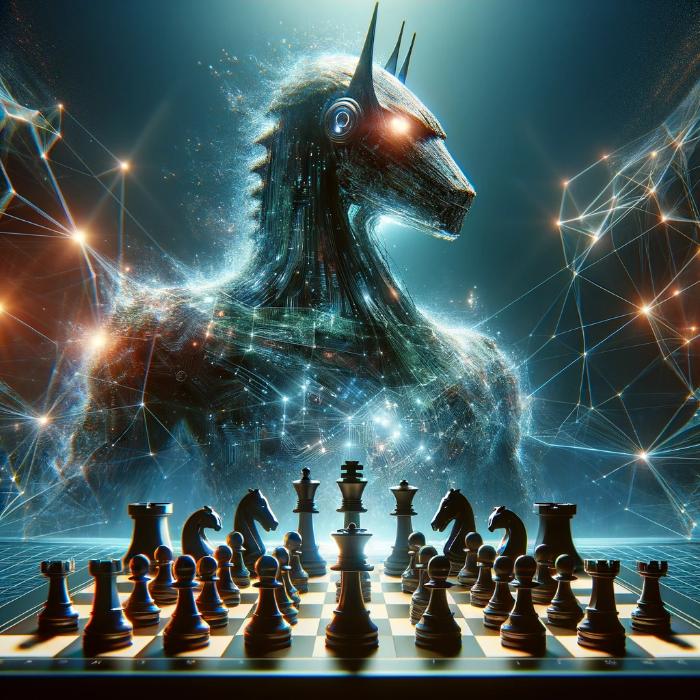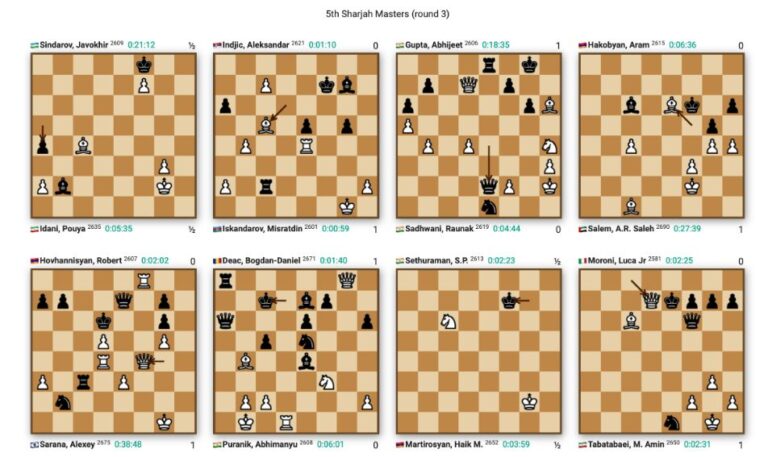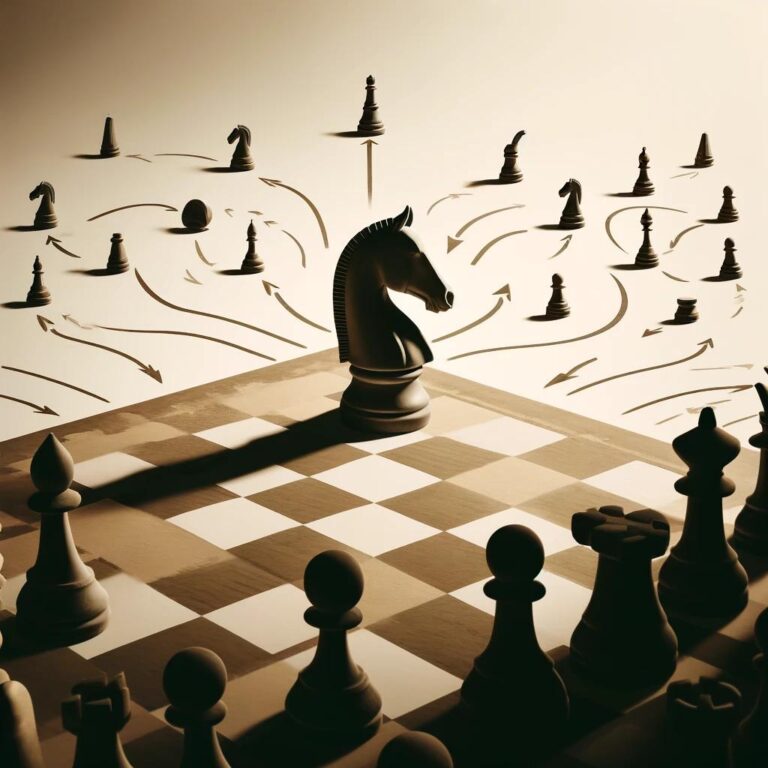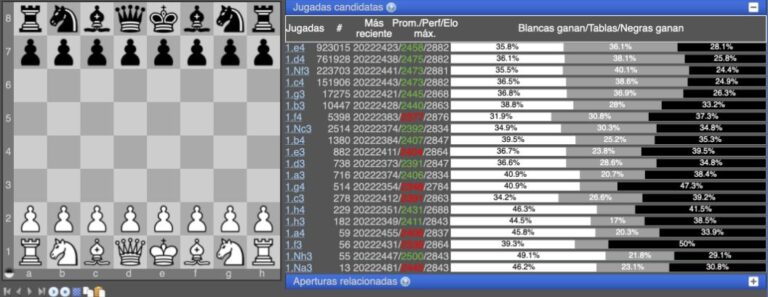Chess Engines have revolutionized the world of chess by providing players with advanced technology and sophisticated algorithms to analyze the game and make better moves. From beginners to seasoned players, these engines offer a range of features and capabilities that can help take your chess skills to the next level.
In this article, we will delve into the top Chess Engines including Stockfish, Leela Chess Zero, Komodo Chess, Deep Blue, Shredder Chess, Fritz, Rybka, Houdini Chess, and HIARCS, exploring their strengths, weaknesses, algorithms, and features. By the end of this article, you will have a clear understanding of how to choose the best Chess Engine for your needs and how to get the most out of this technology to enhance your chess skills.
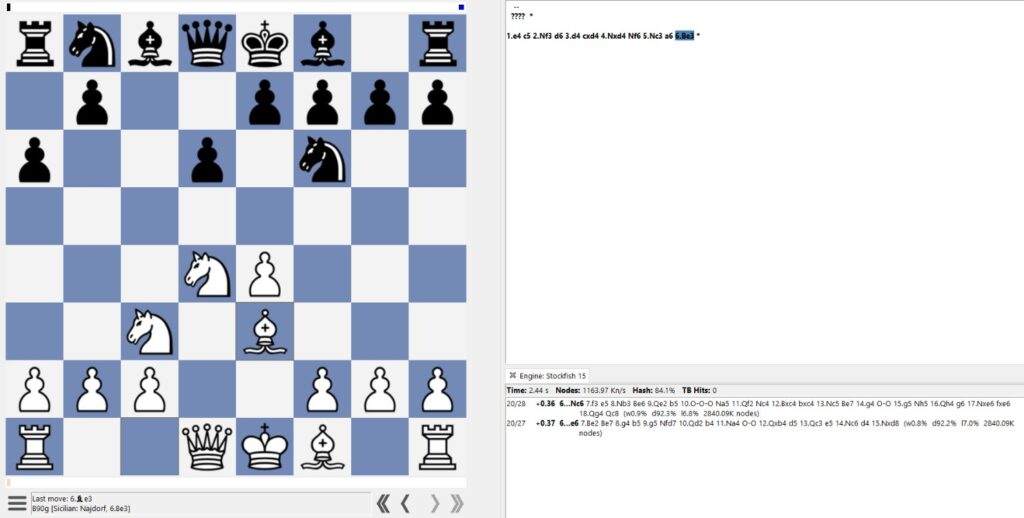
Chess is a strategic game that has been enjoyed by people of all ages and backgrounds for centuries. With the advent of technology, playing chess has become easier and more accessible. The introduction of chess engines has revolutionized the way the game is played and analyzed.
What is a Chess Engine?
A chess engine is a computer program that plays chess. It uses algorithms and artificial intelligence to analyze the current position and make the best possible move. The chess engine does not need to understand the rules of the game or the strategic principles, but it uses mathematical calculations to determine the best move.
How do Chess Engines Work?
Chess engines use a combination of brute force and heuristics to analyze the board and make the best move. The brute force approach involves calculating all possible moves and outcomes, while heuristics use rules of thumb and past experience to guide the engine.
The chess engine evaluates the current position and assigns a score to each possible move. The move with the highest score is then selected as the best move. This process is repeated until the game ends.
Types of Chess Engines
There are two main types of chess engines: standalone and integrated. Standalone engines are standalone programs that can be used on a computer, while integrated engines are integrated into chess software programs.
Standalone engines are typically used by advanced players and chess enthusiasts who want to analyze and improve their games. Integrated engines are more commonly used by casual players who want to play against the computer or analyze their games.
Benefits of Using a Chess Engine
Using a chess engine can greatly improve your chess skills and understanding of the game. It can help you find tactical opportunities and avoid tactical mistakes. It can also help you analyze your games and identify areas for improvement.
In addition, using a chess engine can be a fun and engaging way to play chess. You can use it to play against the computer or to analyze your games with a friend.
Choosing a Chess Engine
There are many different chess engines available, each with its own strengths and weaknesses. When choosing a chess engine, consider the following factors:
- Strength: The strength of the chess engine is determined by its ability to make accurate and optimal moves.
- User interface: The user interface should be intuitive and easy to use.
- Features: Some chess engines have additional features such as endgame tablebases and analysis tools.
It is important to choose a chess engine that meets your specific needs and goals. Whether you are a casual player or a competitive player, there is a chess engine that is right for you.
Which are the Best Chess Engines
Chess engines have come a long way in recent years, and the top engines today are much stronger than those of even a few years ago. Here are the top 10 best chess engines according to performance and popularity:
- Stockfish: Open-source, highly rated engine
- Leela Chess Zero: Cutting-edge neural network technology
- Komodo Chess: Known for its aggressive and tactical play
- Deep Blue: Pioneering computer chess engine, defeated Garry Kasparov
- Shredder Chess: Easy-to-use, strong engine for all levels
- Fritz: Widely used, intuitive engine with advanced analysis tools
- Rybka: Fast and efficient, known for its deep search
- Houdini Chess: Engine with a unique style and impressive endgame skills
- HIARCS: Strong engine with a focus on human-like play
- Crafty: Robust, customizable engine with a long history of development.
Let’s see it in detail…
Stockfish
Stockfish is a free, open-source chess engine that is widely considered to be one of the best engines available. It is developed by a team of volunteers and is regularly updated to improve performance.
Stockfish uses a combination of brute force and advanced heuristics to analyze the board and make the best move. It is highly configurable and can be adjusted to suit the needs of individual users.
Leela Chess Zero
Leela Chess Zero is a unique chess engine that uses deep learning algorithms to analyze the board and make the best move. It was developed using the same deep learning algorithms that were used to create AlphaGo, the program that defeated the world champion Go player.
Leela Chess Zero is highly optimized for playing chess and has already achieved impressive results against other engines and human players. Its use of deep learning algorithms makes it one of the most innovative and exciting engines on the market today.
Komodo Chess
Komodo Chess is a commercial chess engine that is widely used by chess players of all levels. It is known for its strong performance and reliable analysis, and it is highly regarded by many top chess players.
Komodo Chess uses a combination of brute force and advanced heuristics to analyze the board and make the best move. It is highly customizable, and users can adjust many different settings to suit their needs.
Deep Blue
Deep Blue was the first computer program to defeat a reigning world champion in a match under standard chess tournament conditions. It was developed by IBM and played against Garry Kasparov in 1997.
While Deep Blue is no longer in use today, it remains an important part of chess history and a testament to the progress that has been made in computer chess technology.
Shredder Chess
Shredder Chess is a commercial chess engine that is widely used by chess players of all levels. It is known for its strong performance and easy-to-use interface, and it has been consistently ranked as one of the top engines available.
Shredder Chess uses a combination of brute force and advanced heuristics to analyze the board and make the best move. It also includes a number of additional features, such as endgame tablebases and analysis tools, that make it a versatile and powerful engine.
Fritz
Fritz is a commercial chess engine that is widely used by chess players of all levels. It is known for its strong performance and user-friendly interface, and it has been consistently ranked as one of the top engines available.
Fritz uses a combination of brute force and advanced heuristics to analyze the board and make the best move. It also includes a number of additional features, such as endgame tablebases and analysis tools, that make it a versatile and powerful engine.
Rybka
Rybka is a commercial chess engine that is widely used by chess players of all levels. It is known for its strong performance and innovative approach to chess analysis, and it has been consistently ranked as one of the top engines available.
Rybka uses a combination of brute force and advanced heuristics to analyze the board and make the best move. It is highly customizable, and users can adjust many different settings to suit their needs.
Houdini Chess
Houdini Chess is a commercial chess engine that is widely used by chess players of all levels. It is known for its strong performance and highly configurable analysis, and it has been consistently ranked as one of the top engines available.
Houdini Chess uses a combination of brute force and advanced heuristics to analyze the board and make the best move. It is highly customizable, and users can adjust many different settings to suit their needs. Additionally, Houdini Chess includes a number of unique features, such as a customizable opening book and support for multiple CPU cores, that make it a standout engine in the world of computer chess.
HIARCS
HIARCS is a commercial chess engine that is widely used by chess players of all levels. It is known for its strong performance and easy-to-use interface, and it has been consistently ranked as one of the top engines available.
HIARCS uses a combination of brute force and advanced heuristics to analyze the board and make the best move. It is highly customizable, and users can adjust many different settings to suit their needs. Additionally, HIARCS includes a number of unique features, such as a customizable opening book and support for multiple CPU cores, that make it a standout engine in the world of computer chess.
Conclusions
Chess engines have revolutionized the way chess is played and analyzed. Whether you are a casual player or a competitive player, a chess engine can greatly improve your understanding and enjoyment of the game. With the right chess engine, you can take your chess skills to the next level.
These are the top 10 best chess engines available today. Each engine has its own strengths and weaknesses, and the best engine for you will depend on your specific needs and preferences. Whether you’re a casual chess player or a serious competitor, one of these engines is sure to meet your needs and help you improve your chess game.
The best chess engine is a matter of personal preference, as each engine has its own strengths and weaknesses. However, there are several factors that can help determine the best engine for a given player.
First and foremost, consider your level of play. If you are a beginner or casual player, a simpler engine such as Shredder Chess or Fritz may be sufficient. However, if you are a more experienced player, you may want to consider a more advanced engine such as Stockfish or Leela Chess Zero.
The algorithms used by each engine can also play a role in determining the best engine. Stockfish and Leela Chess Zero, for example, use a combination of brute force and advanced heuristics to analyze the board and make the best move. Houdini Chess, on the other hand, relies more heavily on brute force, making it better suited for players who prefer a more straightforward approach.
The use of neural networks and applied mathematics can also play a role in determining the best engine. Leela Chess Zero, for example, uses neural networks trained on human games to make its moves, while Stockfish uses advanced mathematical algorithms to analyze the board.
Ultimately, the best engine for a player will depend on their specific needs and preferences. If you are a serious competitor, you may want to consider a more advanced engine such as Stockfish or Leela Chess Zero. However, if you are a casual player, a simpler engine such as Shredder Chess or Fritz may be the best choice.
When choosing a chess engine, it is also important to consider factors such as customization options, support for multiple CPU cores, and the ability to adjust settings to suit your needs. By considering these factors and evaluating the strengths and weaknesses of each engine, you can determine the best chess engine for your needs and take your chess game to the next level.


